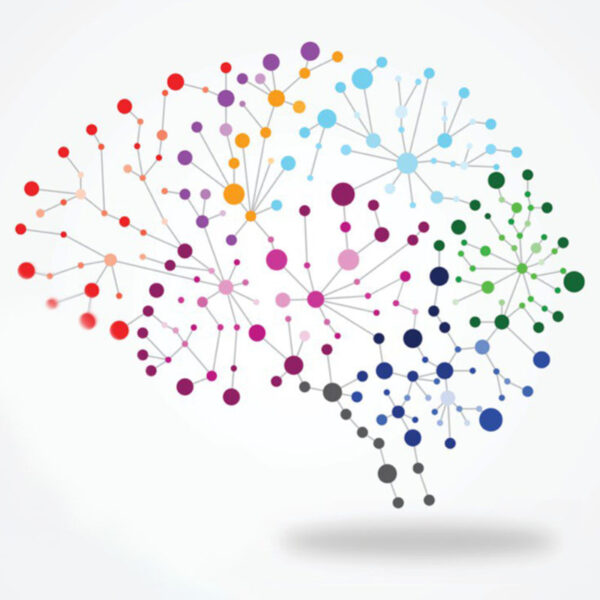
Anxiety Disorders
Stress is a normal physiological response of our body to a stimulus. When our body is faced with stressors, our nervous system releases stress hormones, including adrenaline and cortisol, which cause our body to react urgently. Our heart beats faster, our muscles tighten, our blood pressure increases, and our breathing accelerates, changes that prepare us to either face a potential “danger” or avoid it. Stress is therefore beneficial as long as it keeps us alert.
However, chronic stress is harmful to the body, leading to symptoms such as sleep problems, musculoskeletal pain in the neck and back, headache, abdominal pain, gastrointestinal symptoms, teeth grinding, shortness of breath, tremors, irritability, and libido disorders. The person is filled with a feeling of vague fear that something is not going well. They feel that they are in danger, and something is wrong.
The management of anxiety includes psychotherapy and sometimes pharmacotherapy.
PTSD is a complex disorder with a wide range of symptoms that typically last more than one month and can be divided, according to DSM-5, into four categories:
– Re-experiencing symptoms of the traumatic event, such as nightmares, intrusive images or thoughts, intense distress in specific situations or stimuli.
– Avoidance symptoms, which involve avoiding people, places, objects, activities, conditions, thoughts, or any stimulus that may trigger memories of the event.
– Hyperarousal symptoms, such as constant anxiety, irritability, difficulty concentrating and sleeping.
– Negative changes in thinking and emotion, including memory difficulties, increased negative mood, intense fear and anger, loss of interest in activities that were once enjoyed.
As its symptoms are similar to those of the better-known disorder of post-traumatic stress and may include:
- Intense feelings of fear and helplessness Emotional numbness
- Depersonalization Isolation Difficulty sleeping and concentrating
- Recurring images thoughts
- nightmares Irritability and hyperarousal Constant tension
- intense anxiety or discomfort
It is important to emphasize their difference, which concerns the duration of the symptoms.
Acute Stress Disorder involves symptoms that last from three days to one month, that is, the first, most immediate reactions to a serious, shocking event, while Post-traumatic Stress Disorder involves a duration of symptoms greater than one month, causing a more intense and prolonged discomfort.
The above does not imply that every such event leads to the disorder. Trauma is an extremely complex condition, to which everyone reacts differently.
During a panic attack, a person may experience:
- Sweting
- Difficulty breathing
- Feeling of choking
- Nausea, dizziness, rapid heartbeat, feeling faint
while characteristic symptoms include a loss of control, a sense that something bad will happen, or fear of impending death.
Although the frequency and symptoms of each episode may vary, they often resemble those of a heart attack or other medical conditions, so it is important to rule out any physical or medical causes.
Overall, Panic Disorder is a fairly common anxiety disorder, which can, however, cause significant discomfort and changes in the person's life.
Social situations almost always cause excessive fear or anxiety in the individual and these symptoms are not proportional to the "threat" that the respective context could represent nor can they be controlled, even when perceived. They are much more intense and therefore the individual either suffers them with significant discomfort or avoids them altogether.
Both the symptoms and their consequences cause a significant and persistent impairment in functionality and in areas such as sociality or the professional setting, among others.
That is why it is important to emphasize that social anxiety disorder is neither introversion nor shyness, but a distinct and serious condition that requires appropriate diagnosis and treatment.
Everyday issues and common situations cause individuals constant anxiety and stress disproportionate to the severity or risk of the events. Someone may excessively worry about plans and obligations of daily life and persistently study the worst possible outcome, feel threatened by conditions and events even when they are not threatening, struggle to manage uncertainty and remain indecisive, fearing they might make a mistake.
Under these conditions, the person experiences a persistent and intense tension that does not allow them to relax, significantly impairs their concentration and clarity of thought, and causes substantial fatigue and irritability.
Additionally, physical symptoms may arise, such as fatigue, nausea, diarrhea, tremors, nervousness, and difficulty sleeping.
Inevitably, the disorder significantly affects the person's functionality, sometimes even to a "paralyzing" extent, which is why its treatment usually includes both medication and psychotherapy.










